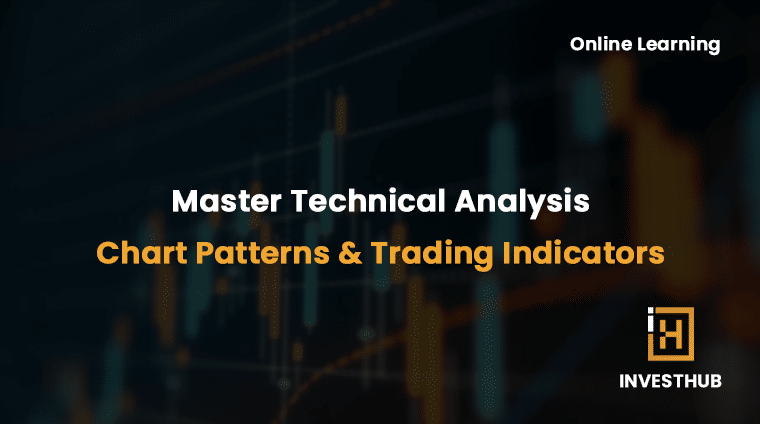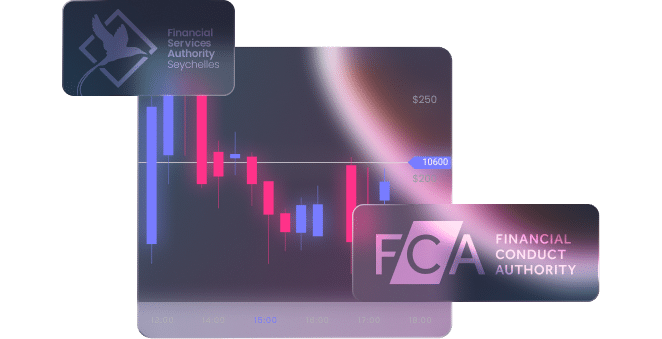Master Fundamental Analysis: Decode Financial Markets and Make Informed Investments
Master Fundamental Analysis: Decode Financial Markets and Make Informed Investments
Introduction
Welcome to the Fundamental Analysis Course – your ultimate guide to mastering the art of financial decision-making. This course equips traders and investors with the tools needed to understand economic indicators, company fundamentals, and global events to make informed investment decisions. Whether you’re just starting out or looking to broaden your knowledge, our Fundamental Analysis Course will help you unlock the potential of financial markets.
What You Will Learn in Our Fundamental Analysis Course
- Economic Indicators: Decode the key indicators that influence financial markets.
- Monetary Policies: Understand central bank strategies and their market impact.
- Geopolitical Analysis: Learn how global events shape trading opportunities.
- Behavioral Finance: Master psychological factors to predict market trends.
Core Modules of the Fundamental Analysis Course
1. Foundations of Fundamental Analysis
- Objective: Introduce students to the key principles, importance, and tools used in fundamental analysis.
- What’s Covered:
- The role of fundamental analysis in trading and investing.
- Comparing fundamental analysis to technical analysis.
- Tools for fundamental analysis (economic calendars, reports, and platforms).
- Why It’s Important: Establishes the foundation for students to understand how market forces interact.
2. Economic Indicators and Their Market Impact
- Objective: Teach students how to decode and interpret key economic indicators.
- What’s Covered:
- Inflation, GDP, and employment data (e.g., Non-Farm Payrolls).
- Trade balances, consumer confidence, and manufacturing indices.
- Analyzing market reactions to key data releases.
- Why It’s Important: Economic indicators are critical for understanding market health and potential price movements.
3. Central Banks and Monetary Policy
- Objective: Help students understand how central banks influence the global economy.
- What’s Covered:
- The role of central banks in controlling inflation, employment, and growth.
- Interest rate decisions and their impact on currency valuation.
- Real-world examples: How the Federal Reserve, ECB, and Bank of Japan drive markets.
- Why It’s Important: Central bank policies are a primary driver of forex and global markets.
4. Geopolitical Events and Global Markets
- Objective: Teach students to analyze the market impact of political and economic events.
- What’s Covered:
- Elections, wars, trade agreements, and sanctions.
- Case studies: Brexit, the US-China trade war, and oil price shocks.
- Strategies for trading during geopolitical uncertainty.
- Why It’s Important: Geopolitical factors create volatility and influence long-term market trends.
5. Behavioral Finance and Market Psychology
- Objective: Introduce psychological factors that influence market behavior.
- What’s Covered:
- Common biases: Herd mentality, overconfidence, and fear of loss.
- Sentiment analysis and its impact on market trends.
- Practical applications: How to avoid emotional trading mistakes.
- Why It’s Important: Understanding market psychology helps traders anticipate price movements and avoid common pitfalls.
6. Real-Time Data Analysis for Informed Trading
- Objective: Equip students with tools and techniques for analyzing live market data.
- What’s Covered:
- Using economic calendars and real-time feeds (e.g., Bloomberg, Forex Factory).
- Case studies: Interpreting live data releases (e.g., NFP reports, rate announcements).
- Creating a real-time trading strategy based on data.
- Why It’s Important: Real-time analysis bridges theory and actionable decision-making.
7. Building and Executing a Fundamental Analysis Strategy
-
- Objective: Guide students in creating a comprehensive trading plan using fundamental analysis.
- What’s Covered:
- Aligning fundamental and technical analysis.
- Portfolio management: Long-term investments vs. short-term trades.
- Practical strategy templates (e.g., trading during central bank announcements).
- Why It’s Important: Provides students with actionable frameworks for implementing their knowledge in the markets.
Why Choose This Course?
- Comprehensive Learning: Covers every aspect of Fundamental Analysis for traders and investors.
- Expert Insights: Delivered by seasoned professionals in the financial field.
- Actionable Strategies: Real-world applications to improve investment outcomes.
Testimonials
“This course provided clarity on economic indicators and how they affect investments. A must-take for serious traders.” – Satisfied Learner “The lessons on geopolitical analysis were eye-opening and practical.” – Financial Analyst
Join our Fundamental Analysis Course today to unlock the skills needed for smarter investing.
Links
Curriculum
- 8 Sections
- 7 Lessons
- 10 Weeks
- Module 1: Foundations of Fundamental Analysis1
- Module 2: Economic Indicators and Their Market Impact1
- Module 3: Central Banks and Monetary Policy1
- Module 4: Geopolitical Events and Global Markets1
- Module 5: Behavioral Finance and Market Psychology1
- Module 6: Real-Time Data Analysis for Informed Trading1
- Module 7: Building and Executing a Fundamental Analysis Strategy1
- Mastering Fundamental Analysis: Comprehensive Final Exam for Smarter Investing1
A dedicated and experienced forex instructor with a proven track record of successfully teaching students the intricacies of the foreign exchange market. Passionate about helping individuals develop their trading skills and achieve their financial goals


